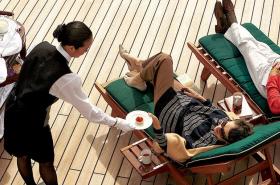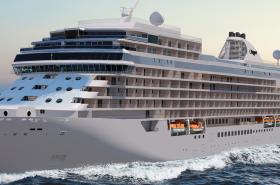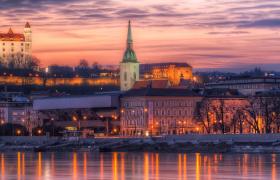The countries of the Middle East and Mediterranean have a multitude of ancient wonders worthy of history buffs and modern marvellers alike. In fact, many of these man-made treasures feature on UNESCO’s World Heritage List.
Some are world-famous and some are less well known, from Jordan’s scene-stealing Petra to the pearl and spice trading ports of Qatar and Oman, but all will leave you with a sense of awe at the legacy of the people who came before. Here are but a few of the incredible World Heritage Sites in this part of the world.
Al Zubarah Town & Fort, Qatar
seabourn-zubarah.jpg
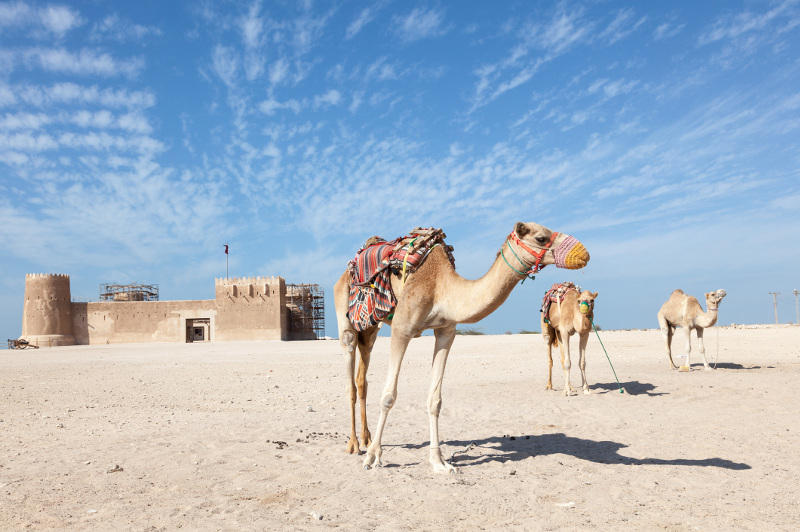
Wander through the palaces, mosques, streets, courtyard houses and fishermen’s huts of Al Zubarah town and fort, an hour north of Doha. This 18th and 19th-century pearl fishing port is Qatar’s largest World Heritage Site. It was established by merchants from Kuwait who traded across the Indian Ocean, Arabia and western Asia. It was mostly destroyed in 1811 and abandoned in the early 1900s. A layer of sand blown from the desert preserved the ruins, and excavation has occurred over only a small part of the site. You can also see the harbor, canal, double-defence walls and cemeteries. It is the only remaining complete urban plan of an Arabian pearl-merchant town.
Al-Baleed, Oman
seabourn-albaleed.jpg
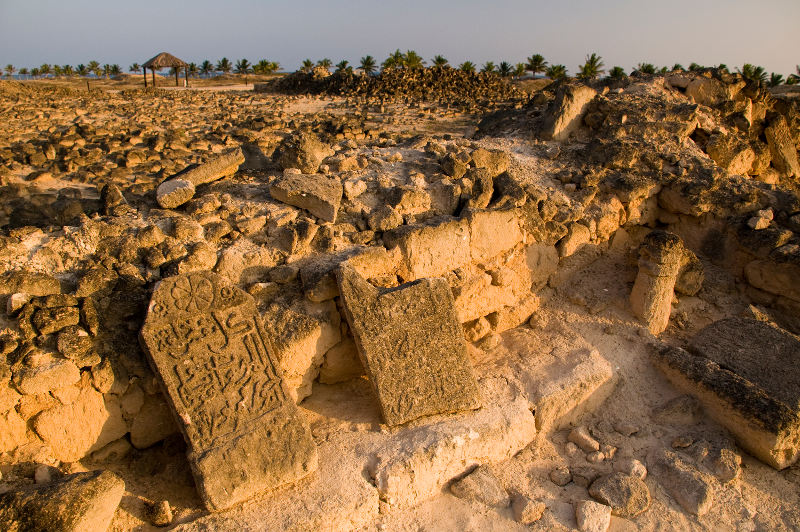
The port of Al-Baleed (or Al Balid) sits on the shores of the Indian Ocean and is part of Oman’s Land of Frankincense World Heritage Site, which also includes the frankincense trees of Wadi Dawkah, the caravan oasis of Shisr/Wubar and Khor Rori port. Frankincense, almost all of which still comes from western Oman, was widely used in religious and burial rituals during medieval times. The fortified Al-Baleed flourished from the 8th century to the 16th century, but was attacked and partially destroyed in the 13th century.
Something different: 9 Of The Best Experiences In Oman
Rich heritage: The Trip Of A Lifetime In Jordan
Petra, Jordan
seabourn-petra.jpg
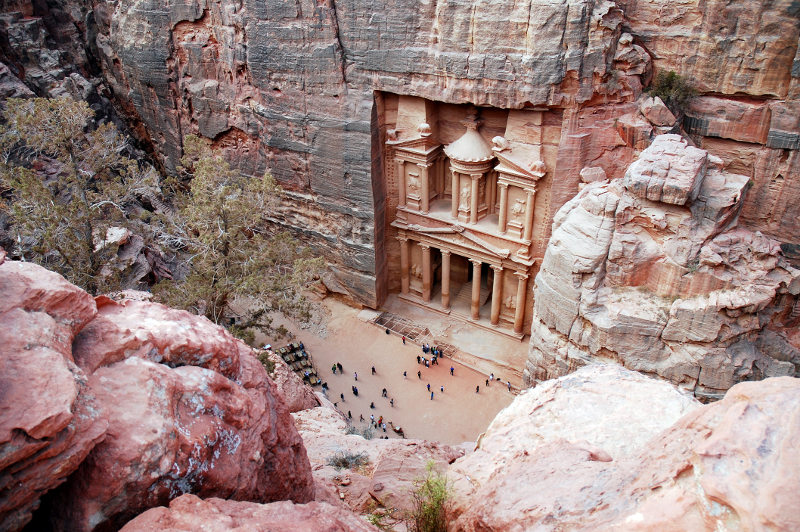
Cinephiles will have noticed Petra’s awe-inspiring Treasury in Indiana Jones and the Last Crusade. The rose-hued sandstone buildings of this desert city are the handiwork of the Nabateans, an African people who settled in southern Jordan more than 2,000 years ago. Not only is it a World Heritage Site, it is also a Wonder of the World. You’ll see why when you approach the site on foot through a gorge so narrow it blocks out the sun, until you reach the Petra basin’s more than 800 buildings, tombs, baths, temples, gateways, streets and funerary halls.
White City, Israel
seabourn-whitecity.jpg
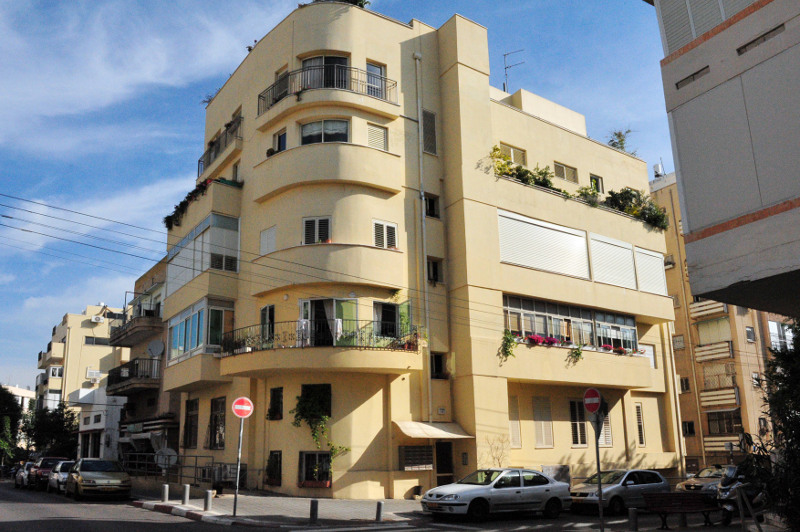
A more recent urban wonder is the White City of Tel Aviv, a collection of buildings in the Bauhaus or Modern Movement style that were constructed from the early 1930s to the 1950s. They were based on an urban plan by Sir Patrick Geddes, during the era of British rule in Palestine. It consists of the central White City, Lev Hair and Rothschild Avenue, and the Bialik Area. The buildings were designed by European architects who took their modernist trends and merged them with local and cultural qualities, in a marvel of town planning.
Acropolis, Greece
seabourn-acropolis.jpg
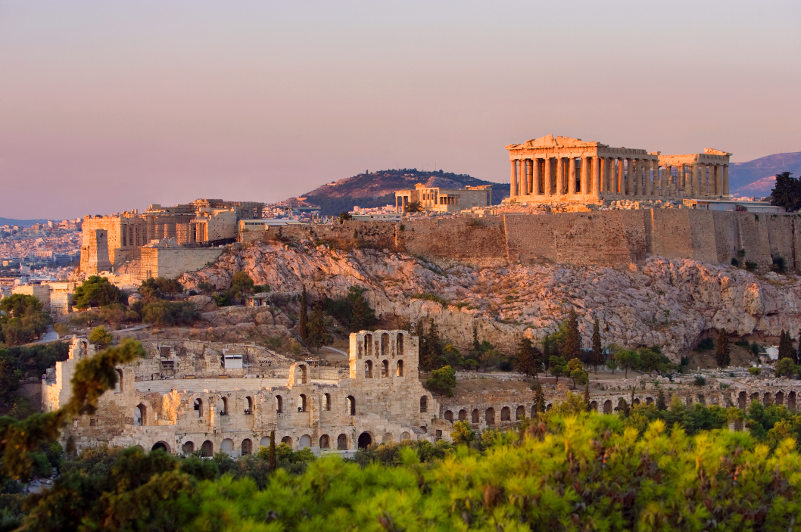
As far as ancient wonders go, it doesn’t get a whole lot more impressive than the Acropolis, which stands 70 metres above the city of Athens. The brainchild of Athenian statesman Pericles, and realised by sculptor Pheidias and a team of artists, this rocky hill was transformed in the second half of the 5th century BC into a monument of Classical Greek thought and the arts. The site includes monuments such as the Parthenon, a temple to the goddess Athena; the Erechtheion, a temple to Athena and the god Poseidon; and much more.
You can discover all of these treasures and more in company with leading historians, photographers and adventurers, on Seabourn's luxury 19-day Arabian Gems & Holy Land cruise from Dubai to Piraeus (Athens). Seabourn has partnered with UNESCO to promote sustainable tourism at World Heritage Sites, creating a range of optional World Heritage and Discovery tours that include a small donation to UNESCO’s World Heritage Fund. Get in touch with your local Travel Associates consultant today.




